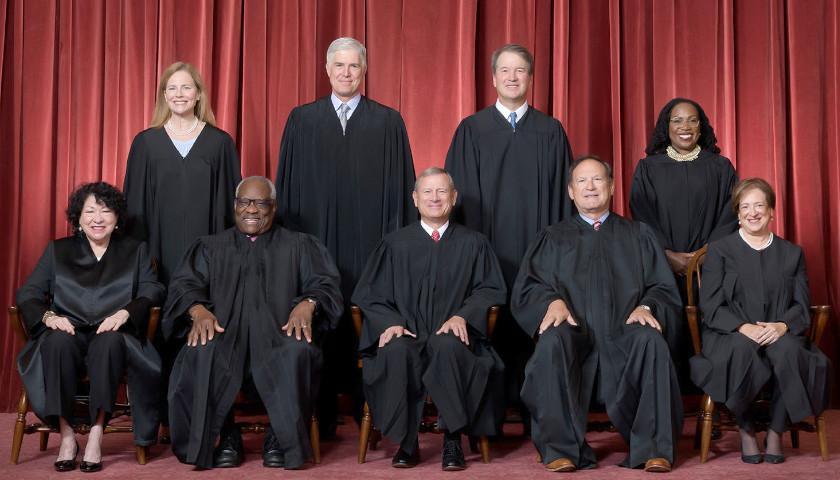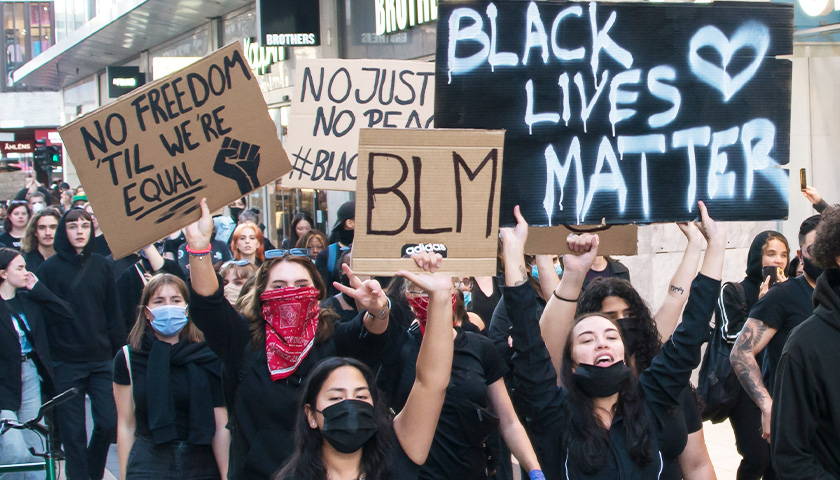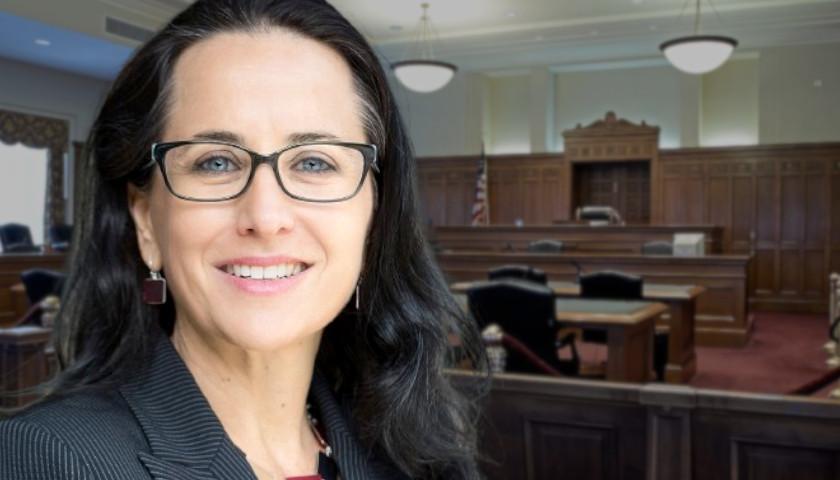by Rishab Sardana
Following the recent Supreme Court decision overturning race-conscious admissions, certain sections of the media have adopted an alarmist tone, fueling doomsday predictions. Others are keen to celebrate the end of discriminatory practices that educational institutions have adopted for nearly 60 years.
On the margin, it may very well seem like the end of diverse classrooms. But incentives matter. I do not believe much will change, but I do believe that the actions taken by the high court will be an overall net good for the median student applying to college, regardless of ethnic background.
Race-based admissions beneficiaries aren’t students.
Adopted in the late 60s and early 70s, the original framework behind the idea of Affirmative Action was approved to provide a temporary legal measure to close racial inequality and economic gaps in America. While there were always valid moral concerns for a system using race as a determining factor in opportunity, Affirmative Action became even tougher to justify as America became more diverse and multi-racial following the end of Jim Crow.
The addition of more immigrants has made economic competition fierce, and as a byproduct, the value of a spot in a prestigious university has been auctioned to new heights. Colleges and Universities can only allocate a fixed number of spots every admissions cycle, making race-based admissions a zero-sum quota system that disproportionately hurts Asians and benefits black and Hispanic students. Simply put, the playing field is made even harder because spots are limited. But the problem is that most colleges are not strictly selective (aka “elite”) and do not report any form of race or ethnicity-based consideration in admissions.
A study tallied a total of 109 public four-year universities practicing Affirmative Action, out of 577, or a little under 19%. Even then, Princeton Sociologist Thomas J. Espenshade estimated that 1% of all black and Hispanic students are granted admission through affirmative action opportunities. Given these figures, it seems a little far-fetched that race-admission policies put in place at only “elite” establishments can somehow drive economic mobility for blacks and Hispanics. So, who wins? The answer varies, but what’s clear is that affirmative action today does little to plausibly address racial disparities.
The Next Admissions Cycle Won’t Look Very Different
The prohibition of affirmative action entails a result that relies not only on the Supreme Court but also on the numerous actors who will adjust their behavior in response to the ban, each driven by their own incentives and limitations.
It is hard to imagine and highly doubtful that the next major admissions cycle will be drastically different from the current state of affairs. Colleges and university centers often encompass a shared cultural upbringing among many Americans. These institutions are at the forefront of societies’ greatest pillars, and how they behave signals their overall values and reputation. Because of this, we should not expect these institutions to relax acceptance rates, expand class sizes, or allow more community college transfers. This would undermine their desired exclusivity and perceived prestige. If you are one of these “elite” universities, you want to maintain high tuition fees and low acceptance rates. They act as barriers to entry for all.
The University of California system has already taken steps without the use of Affirmative Action, in that no SAT or ACT scores are required or considered in the admissions process. Whatever the desired outcome is, students who come from wealthier backgrounds do better on standardized testing. On the flip side, students may alter their behavior in response to colleges being prohibited from asking about their race. It is certainly conceivable that black and Hispanic applicants may choose to voluntarily disclose their racial background more frequently in personal essays. By doing so, they will ensure that their experiences and perspectives related to race are considered during the admissions process. Moreover, the fact that schools prominently feature diversity statistics in their promotional materials suggests that they will continue to prioritize creating a racially diverse classroom, regardless of the recent ruling.
Affirmative Action in University Admissions
Interacting with fellow peers from culturally diverse backgrounds allows us to broaden our horizons and gain exposure to different schools of thought. This exposure greatly enhances the academic experience by encouraging critical thinking, stimulating discussions, and offering alternative viewpoints that may not have been considered before. However, it is unethical to fashion such an environment through artificial means. In most cases, the academic achievements of students are a tribute to their hard work and perseverance. To blatantly discriminate based on racial background is wholly unjust and can only lead to unintended consequences.
A 2009 study by Espenshade and Radford found that Asian students had to score 140 points higher on the SAT exam to match the candidacy requirements for a white student, and 450 points higher than a black student. This isn’t a level playing field. Neither can we forget that there has been a history of Asian discrimination in America, and many come from humble immigrant backgrounds.
The Late Walter Williams spoke about the educational system engaging in “educational fraud” for many years, and he never held back on the bad behavior that college administrators engage in to allow students to get through school, without much learning. In his view, much of this shortcoming in the public education system came from unequal treatment by race when applied favorably to some.
Furthermore, Williams emphasized the point that individuals who are accepted based on their race might face disadvantages due to their inability to pursue a challenging educational program that would have been available to them if they had attended a school that matched their academic capabilities.
In other words, Williams believed that affirmative action had a detrimental effect on the very people it aimed to assist.
– – –
Rishab Sardana is a graduate student currently pursuing an M.A. in Economics from George Mason University. He received his B.S. from George Mason University and is a Joseph Schumpeter Fellow with the Mercatus Center.








